| Feature | Baby Back Ribs | Back Ribs (Spare Ribs) |
|---|---|---|
| Location on Pig | Top of rib cage, under loin | Lower rib cage, near belly |
| Shape | Curved, shorter bones | Flatter, longer bones |
| Meatiness | Leaner, less meat per bone | |
| Texture | Tender, uniform bite | Fattier, chewier, deep flavor |
| Cooking Time | Quicker (3–4 hours at 225°F) | Longer (5–6 hours at 225°F) |
| Average Price | Moderate to high | Slightly lower |
No, back ribs and baby back ribs are not the same. Baby back ribs come from the top of the rib cage under the loin muscle, while "back ribs" typically refer to spare ribs from the belly side of the pig. This fundamental difference affects their size, flavor, cooking time, and best uses for BBQ.
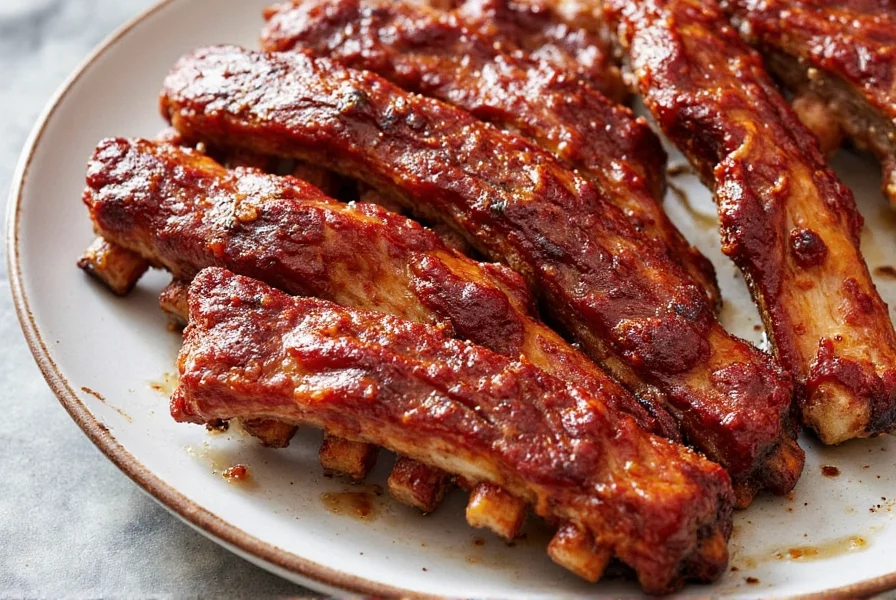
Understanding these distinctions ensures you select the perfect cut for your cooking needs. Below is a detailed comparison of key characteristics, buying tips, and cooking techniques for each type.
Understanding the Difference: Size, Shape, and Flavor
- Baby Back Ribs: Shorter, curved bones with leaner meat and mild flavor. Ideal for quicker cooking and elegant presentation.
- Back Ribs (Spare Ribs): Flatter, longer bones with more fat marbling and richer flavor. Better for slow-cooking to render fat and achieve tender results.
Confusion often arises from inconsistent labeling practices. Always verify physical characteristics rather than relying solely on store labels.
Buying Guide: What to Look For When Choosing Ribs
Look for Consistent Meat Coverage
Avoid racks with patchy or uneven meat. Ensure even meat distribution across all bones for optimal cooking results.
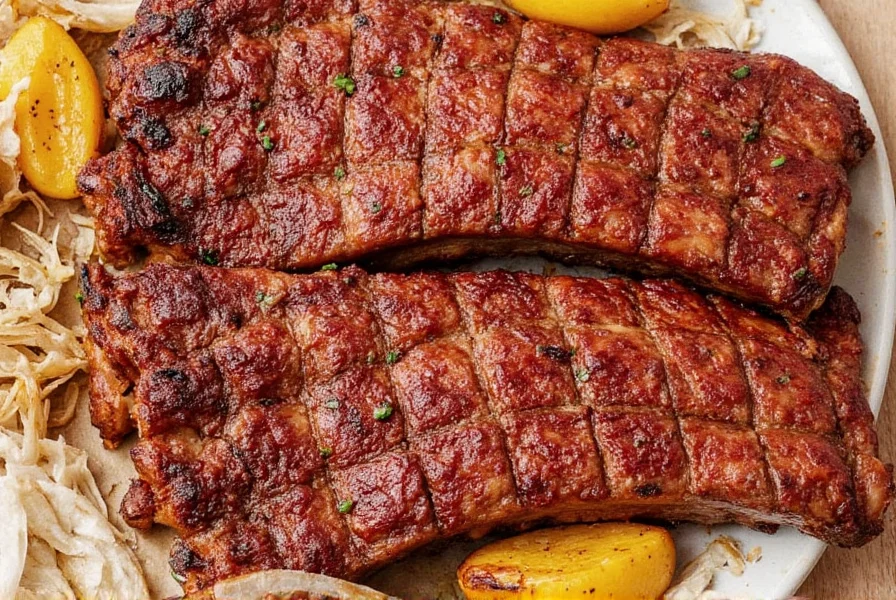
Check for Marbling and Fat Content
- Baby Back Ribs: Light marbling only. Excess fat indicates poor trimming.
- Back Ribs: Moderate marbling is desirable for flavor during long cooks.
Pay Attention to Color
Fresh ribs should have a pinkish-red hue. Grayish or brown discoloration indicates aging or improper handling.
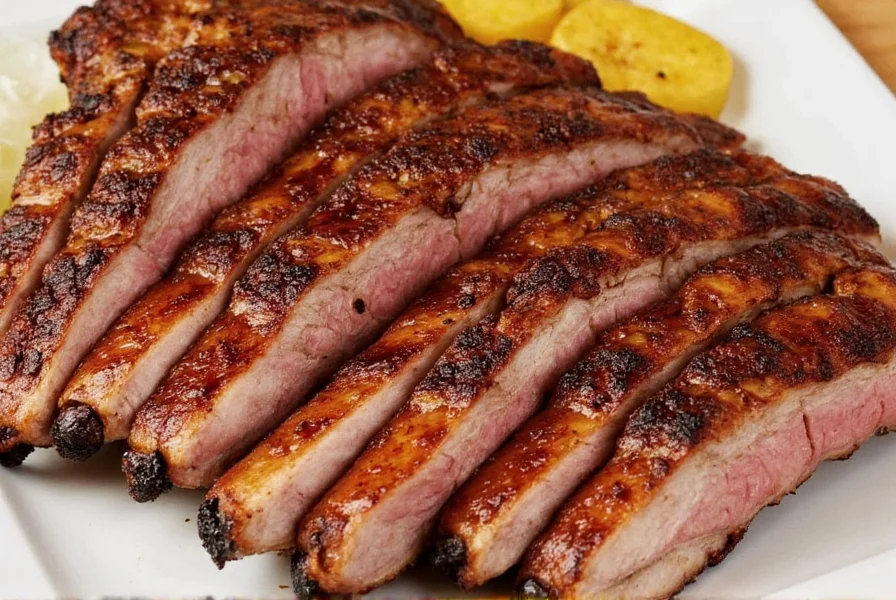
Size and Bone Structure
Baby backs are shorter and more uniform for presentation. Spare ribs are larger and irregular, better suited for casual gatherings.
Label Reading Tips
- "St. Louis Style" = trimmed spare ribs with rectangular shape
- "Natural Cut" = minimal processing, rustic appearance
- "Bone-in" = essential for authentic rib flavor
Cooking Tips for Each Cut
Cooking Baby Back Ribs
- Low and Slow: 225–250°F for 3–4 hours
- Rub & Wrap: Apply dry rub, then wrap in foil halfway through
- Glaze: Add barbecue sauce in the last 30 minutes to prevent burning
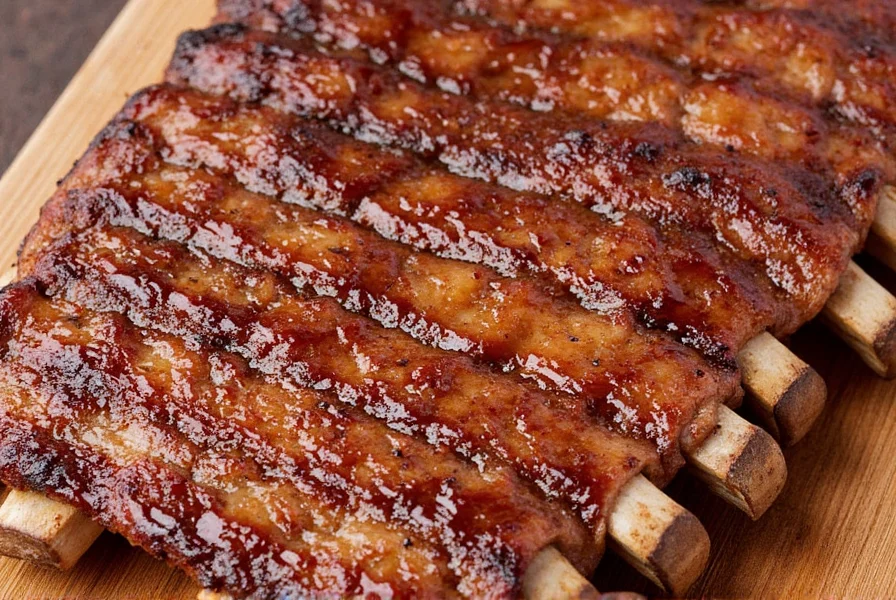
Cooking Back Ribs (Spare Ribs)
- Temperature: 225°F for 5–6 hours
- Trim Excess Fat: Leave some for flavor but remove excess to avoid greasiness
- Rest Before Serving: Rest 10–15 minutes to reabsorb juices
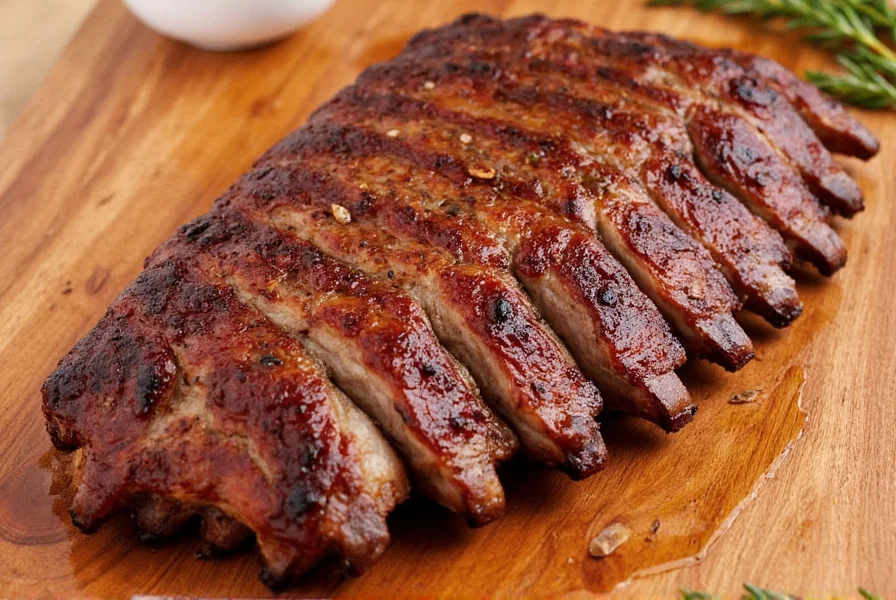
Quick Tip: Double Wrapping for Tenderness
For fall-off-the-bone texture, wrap ribs in foil with apple juice first, then add butter or honey during the final hour.
Frequently Asked Questions
Q: Are back ribs the same as baby back ribs?
A: No. Baby back ribs come from the top of the rib cage under the loin, while "back ribs" typically refer to spare ribs from the belly side. They differ in location, size, fat content, and cooking requirements.
Q: What's the main difference in where these ribs come from on the pig?
A: Baby back ribs are taken from the top of the rib cage (below the loin), while spare ribs come from the lower belly area. This location difference causes variations in meatiness, fat content, and cooking times.
Q: How do the cooking times differ between these rib cuts?
A: Baby back ribs cook faster (3-4 hours at 225°F) due to leaner meat and smaller size. Spare ribs require longer cooking (5-6 hours at 225°F) to render fat and tenderize tougher meat.
Q: Which ribs are better for beginners?
A: Baby back ribs are better for beginners. Their leaner composition is more forgiving during cooking, and they require less time to achieve tender results.
Q: Why is there confusion between baby back ribs and back ribs?
A: Confusion stems from inconsistent store labeling practices. Some retailers mislabel spare ribs as "back ribs," while others use "baby back ribs" incorrectly. Always check physical characteristics rather than relying solely on labels.
Conclusion: Choosing the Right Ribs for Your BBQ
Now that you understand the key differences, you can confidently select the perfect ribs for any occasion:
- Baby Back Ribs: Tender, lean, quicker cook time. Ideal for elegant presentations and beginner-friendly cooking.
- Back Ribs (Spare Ribs): Meatier, richer flavor, slower cook. Perfect for bold BBQ flavors and casual gatherings.
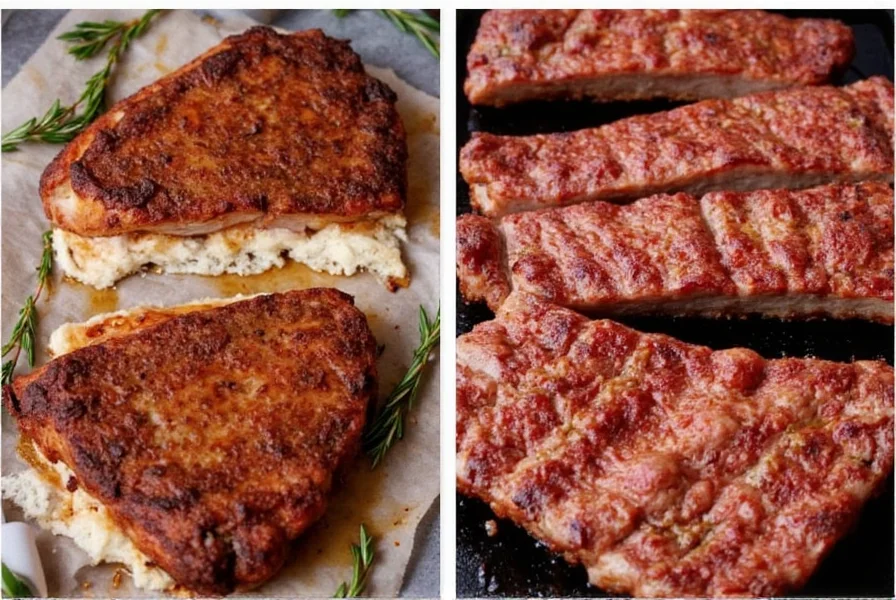
Remember: Always verify physical characteristics before purchasing. When in doubt, ask your butcher for clarification to ensure you get the right cut for your recipe.

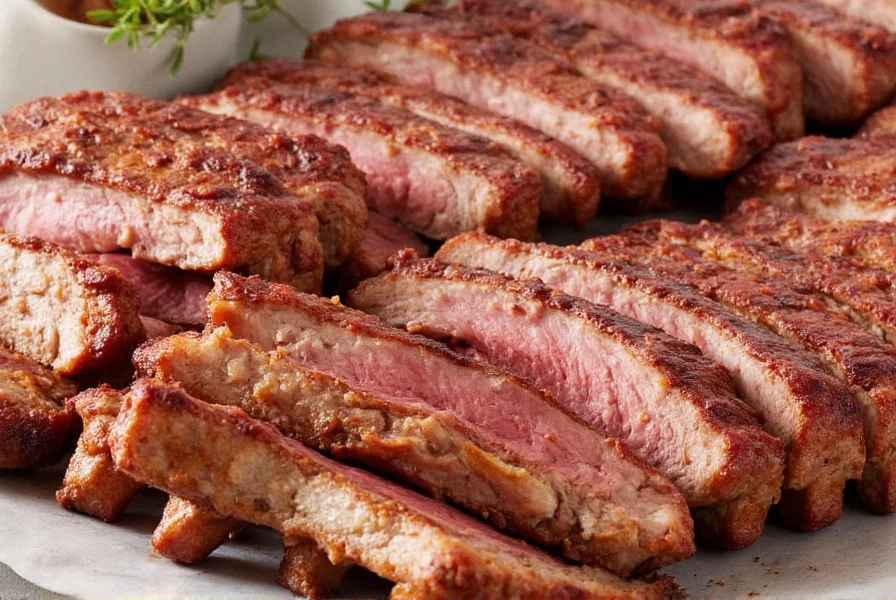









 浙公网安备
33010002000092号
浙公网安备
33010002000092号 浙B2-20120091-4
浙B2-20120091-4